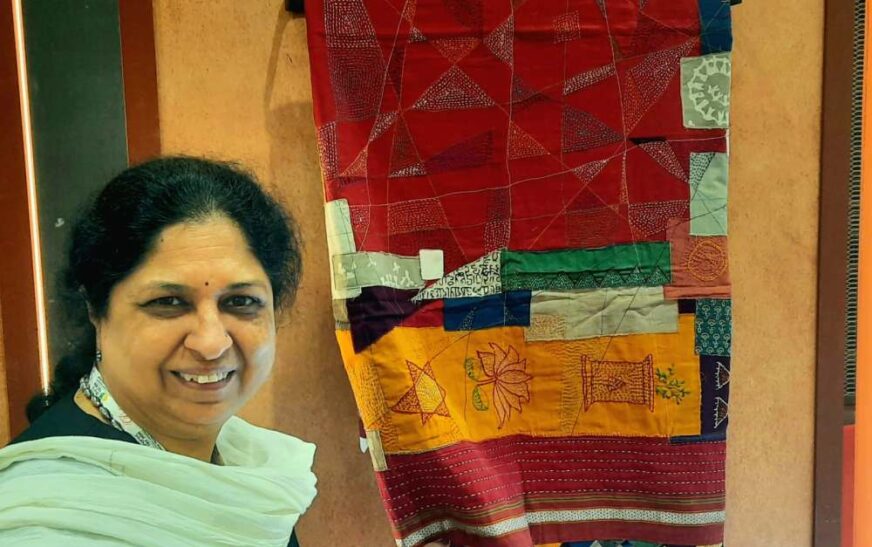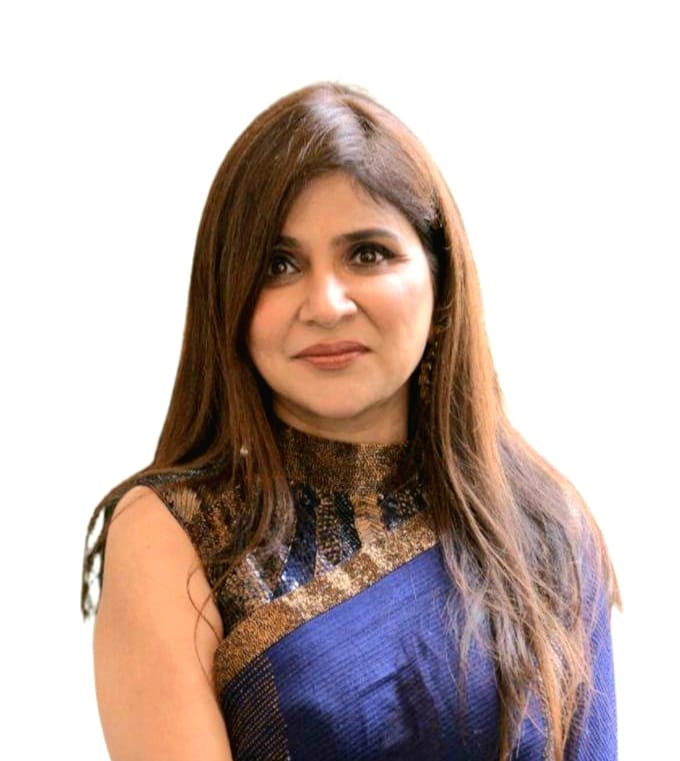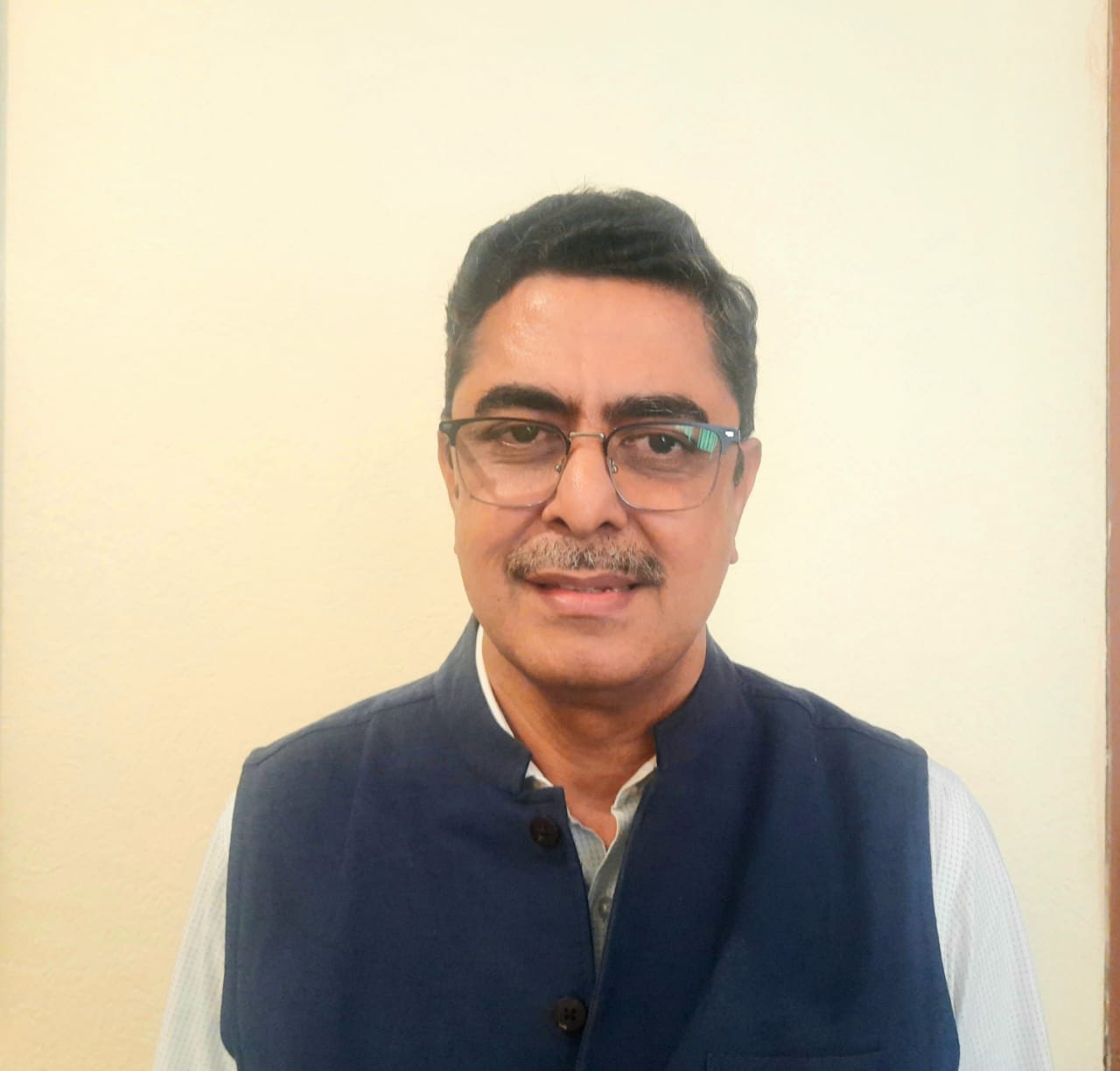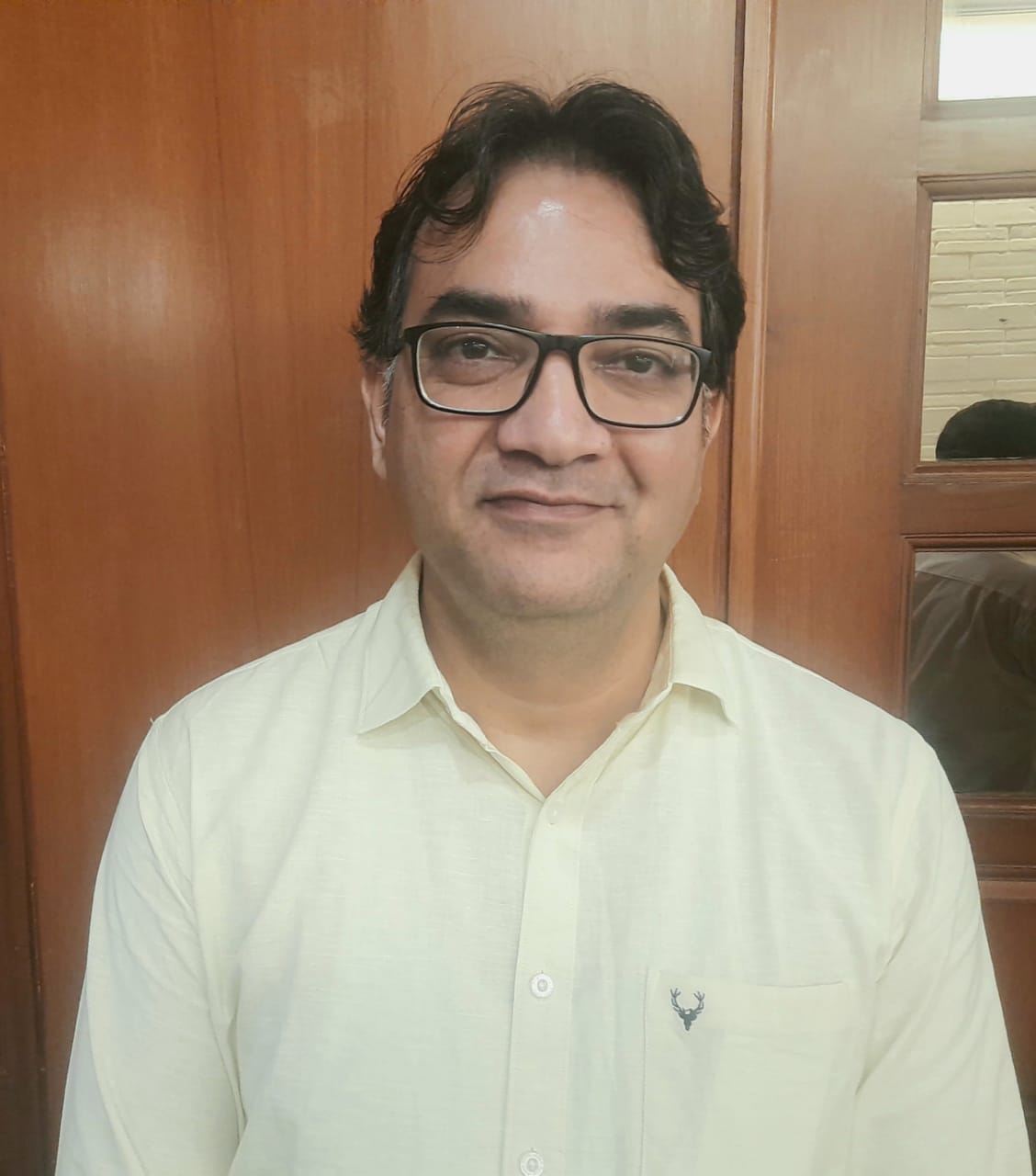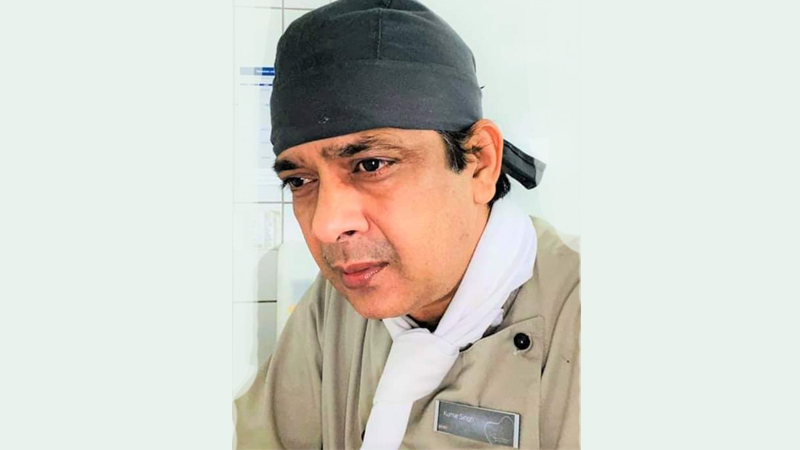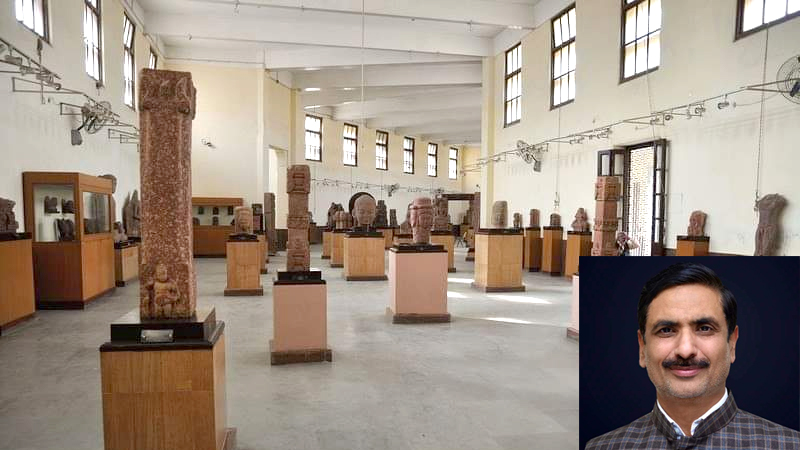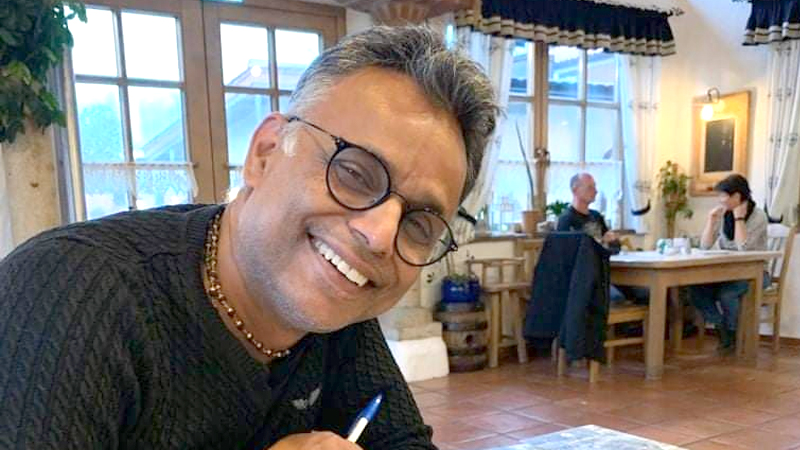Godhadi, Maharashtra’s time-honored quilt-making tradition, is more than just stitched fabric—it is a living testament to culture, resilience, and storytelling. Once a necessity born from thrift, where worn-out sarees and dhotis found new purpose as hand-stitched blankets, Godhadi has now evolved into an art form that embodies sustainability and heritage.
Modern artisans have redefined this rural craft, turning it into a powerful symbol of slow living, ethical fashion, and indigenous craftsmanship. Designers and conscious consumers are rediscovering its allure, blending tradition with contemporary aesthetics. No longer just functional quilts, these creations have become canvases—narrating tales through intricate Kantha-style embroidery, geometric patchwork, and bold, earthy tones inspired by Maharashtra’s landscapes.
As India embraces its handcrafted legacy, social enterprises and women’s collectives are propelling Godhadi onto the global stage. Fashion houses are repurposing its textiles into haute couture, while interior designers are reimagining it as statement décor. What once symbolized thrift now represents sustainability, artistry, and cultural pride. Godhadi is no longer just a quilt—it is a movement, a philosophy, and an enduring celebration of India’s textile heritage, woven with love and legacy.
In an exclusive conversation with The Interview World at Bharat Tex 2025, Sujata Thorat, Artist, Godhadi Art and Handmade Quiltz, delves into the historical evolution and cultural significance of Godhadi. She shares her artistic journey, the most compelling narratives she has woven, and the diverse themes she has explored. She also discusses the market demand for this art form and offers invaluable advice to aspiring artists. Here are the key takeaways from her insightful discussion.
Q: Can you share insights into the historical evolution and cultural significance of Godhadi Art?
A: Rafugiri, or Godhadi, traces its origins to the very dawn of civilization—when humans first began wearing clothes. As garments naturally aged and wore out, the need to repurpose them emerged alongside the evolution of clothing itself. This necessity gave birth to Godhadi, a craft that transforms discarded fabrics into intricate patchworks and striking mosaics, weaving new life into old textiles.
In Maharashtra, this time-honored tradition is known as Godhadi. As an artist, I saw an opportunity to elevate it beyond its utilitarian roots. By infusing artistic expression into the craft, I sought to present it in a more engaging and contemporary way. With this vision, I reimagined traditional Godhadi as a form of modern tapestry—where old, worn-out fabrics become vibrant canvases of storytelling and artistic innovation.
Q: When did you begin practicing this art form, and what inspired you to start?
A: For nearly two decades, I have been crafting traditional Godhadi. However, five years ago, I redefined its purpose by transforming it into a storytelling art form. Stories create connections—when people find a narrative within the fabric, they engage with it on a deeper level.
I draw inspiration from everyday life, reimagining its moments and emotions through my art. By blending tradition with contemporary expression, I weave intricate designs and vibrant hues into each piece. This fusion of heritage and innovation captivates viewers, often leaving them mesmerized. My storytelling approach not only attracts attention but also enchants buyers, turning each Godhadi into more than just a quilt—it becomes an experience, a conversation, and a living piece of art.
Q: What are some of the most significant stories you have created, and how many themes have you explored in your work so far?
A: Maharashtra’s new year begins with Chaitra, a month steeped in tradition and cultural symbolism. During this time, we create intricate color art at our doorsteps, drawing vibrant hues from white onto the brown earth. Inspired by this practice, I transformed my personal experience into an artistic narrative. I began with Chaitra and evolved it into Chaitrangan, a celebration of color, culture, and renewal.
My artistic journey has also led me to work toward a National Award. Currently, I am exploring the theme of rivers—our lifelines—depicting their deep connection to temples, society, and cultural traditions. I showcased this vision in Samruddha Bharat, where I portrayed a flourishing India by seamlessly blending heritage with modernity.
Over the years, I have developed six to seven distinct themes, each weaving contemporary artistry with compelling storytelling. This fusion captivates audiences, drawing them into the depth and meaning of my work. Through my art, I strive to evoke appreciation, spark dialogue, and celebrate the enduring synergy between tradition and innovation.
Q: What is the current market for this art form?
A: The market for Godhadi is vast, with growing appreciation worldwide. I have hosted two solo exhibitions, one of which took place in the United States. There, I introduced audiences to a new perspective on this traditional art form. While people recognize Godhadi as a craft for stitching and covering, they had never considered its potential as wall art.
By infusing storytelling into my work, I transformed their perception. This fresh approach resonated deeply, creating a strong demand for my art. The idea of displaying Godhadi as a statement piece struck a chord, opening up an exciting and thriving market in the U.S.
Q: What advice would you give to aspiring artists who want to create Godhadi?
A: I encourage new artists to commit to their craft with dedication and perseverance. Honoring traditional art forms is vital, but innovation breathes new life into them. By experimenting with fresh ideas while preserving cultural roots, artists can create something truly unique. Creativity, innovation, and sustainability should be at the core of their journey.
The opportunities in this field are vast, waiting for those who dare to think differently. If they infuse originality and meaning into their work, their art will resonate with audiences. With passion, persistence, and a bold vision, they can carve a niche for themselves—because in this space, the sky is the limit.


